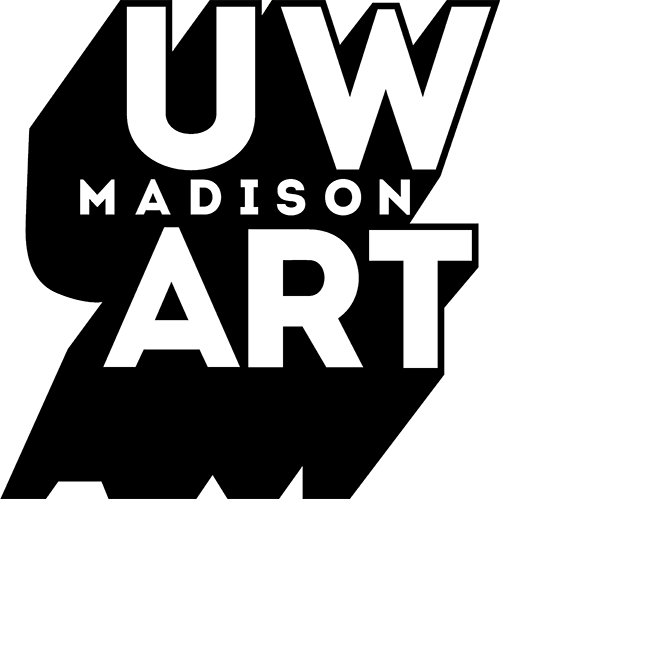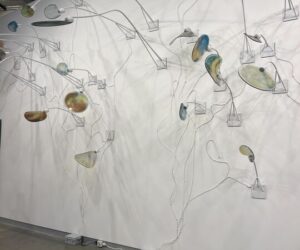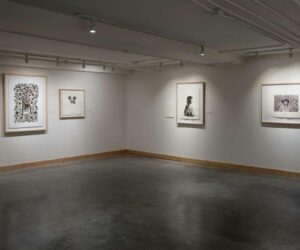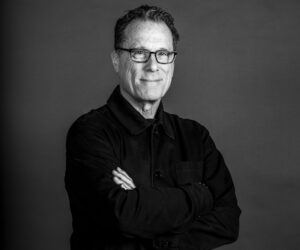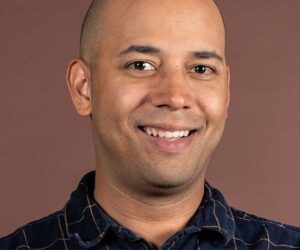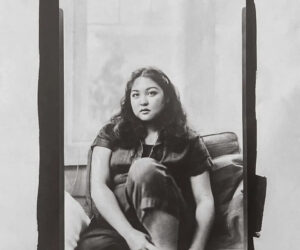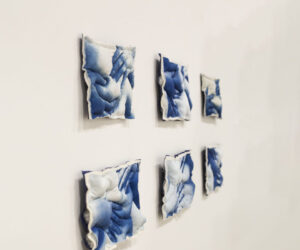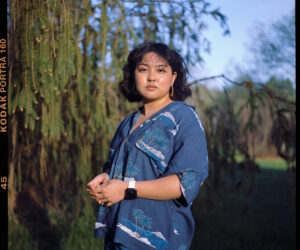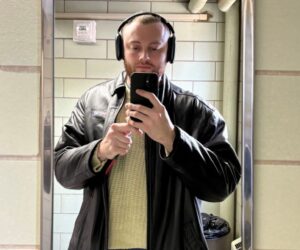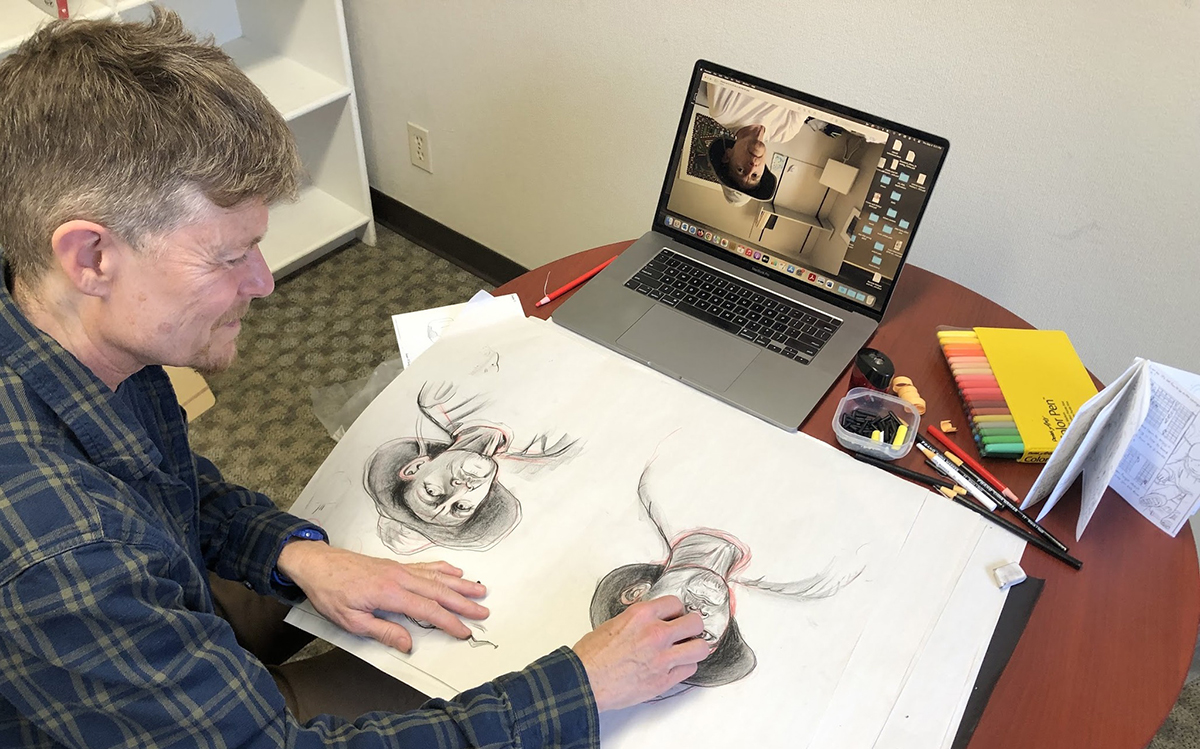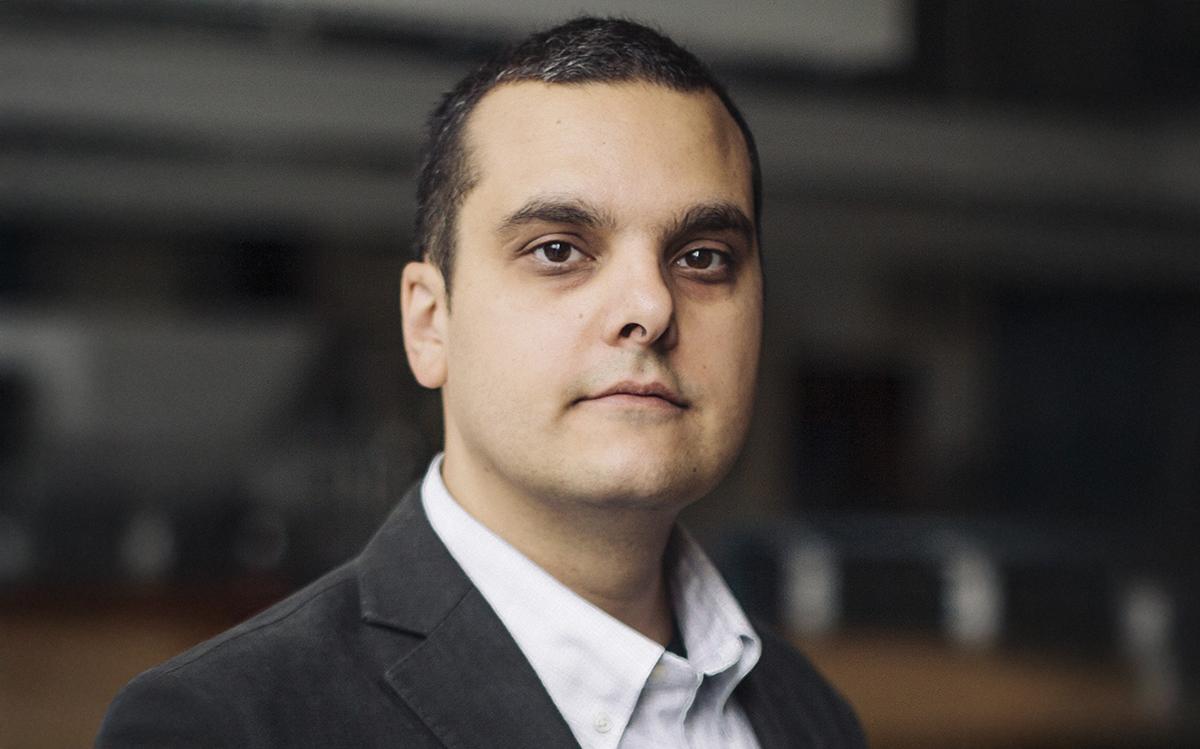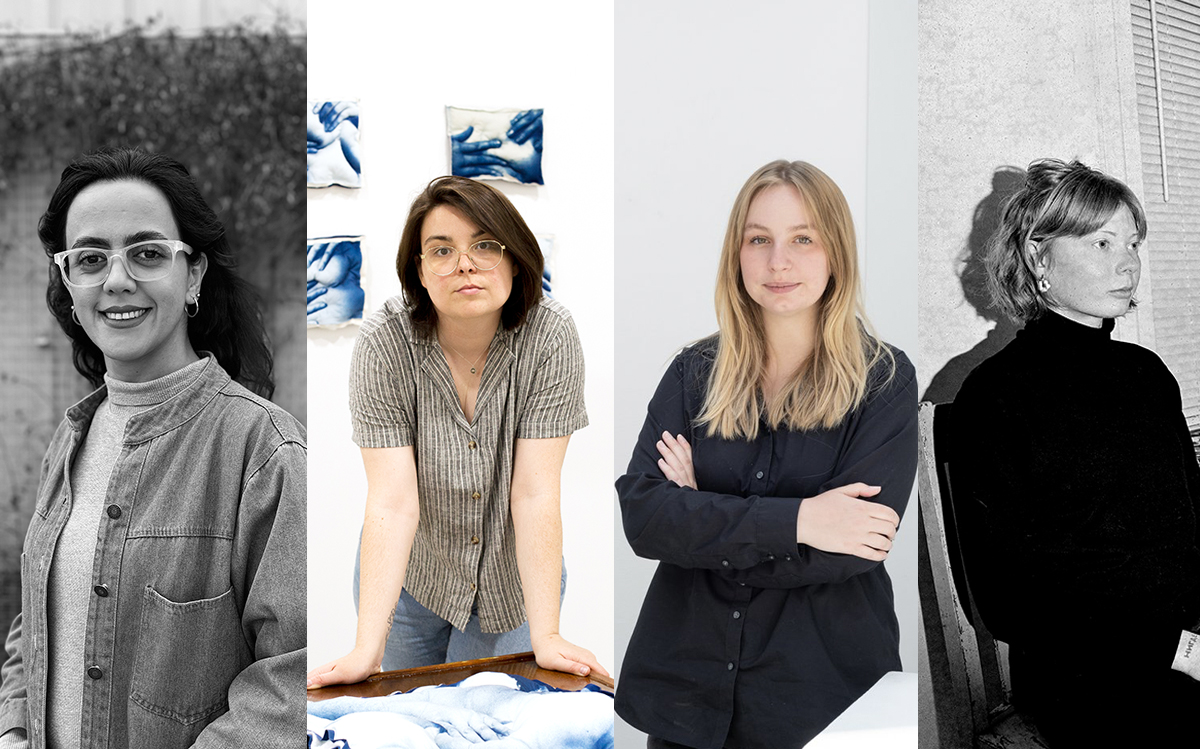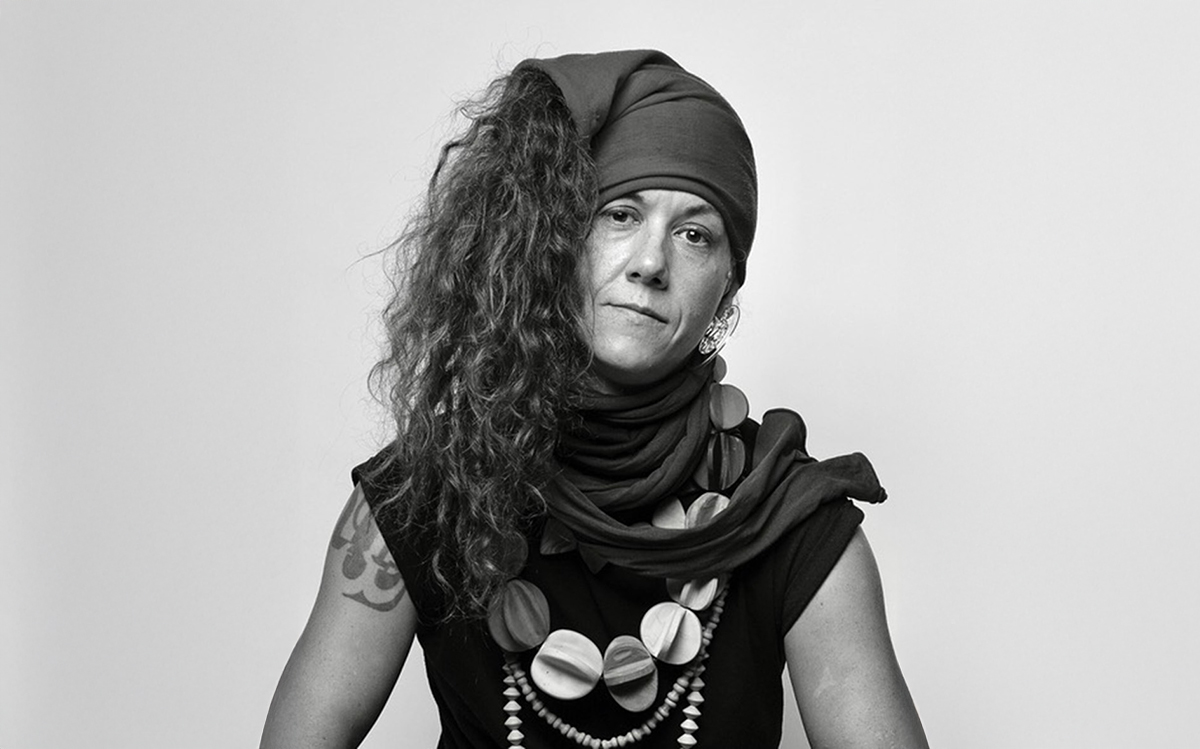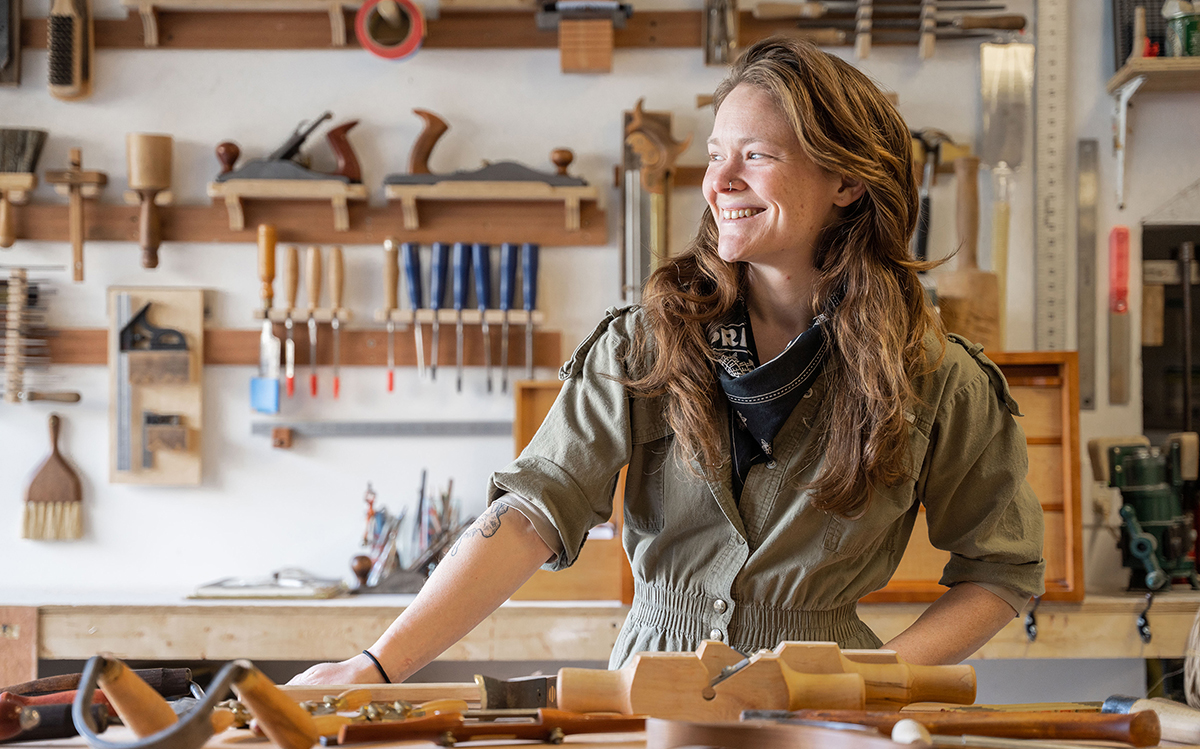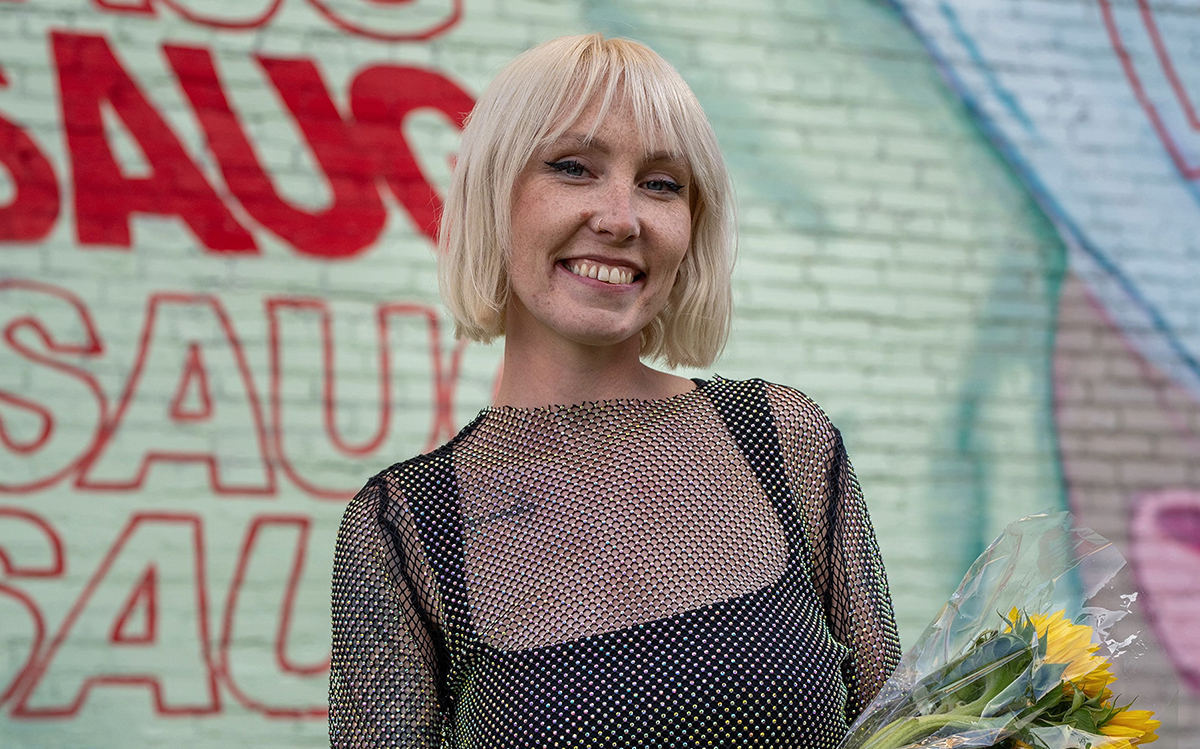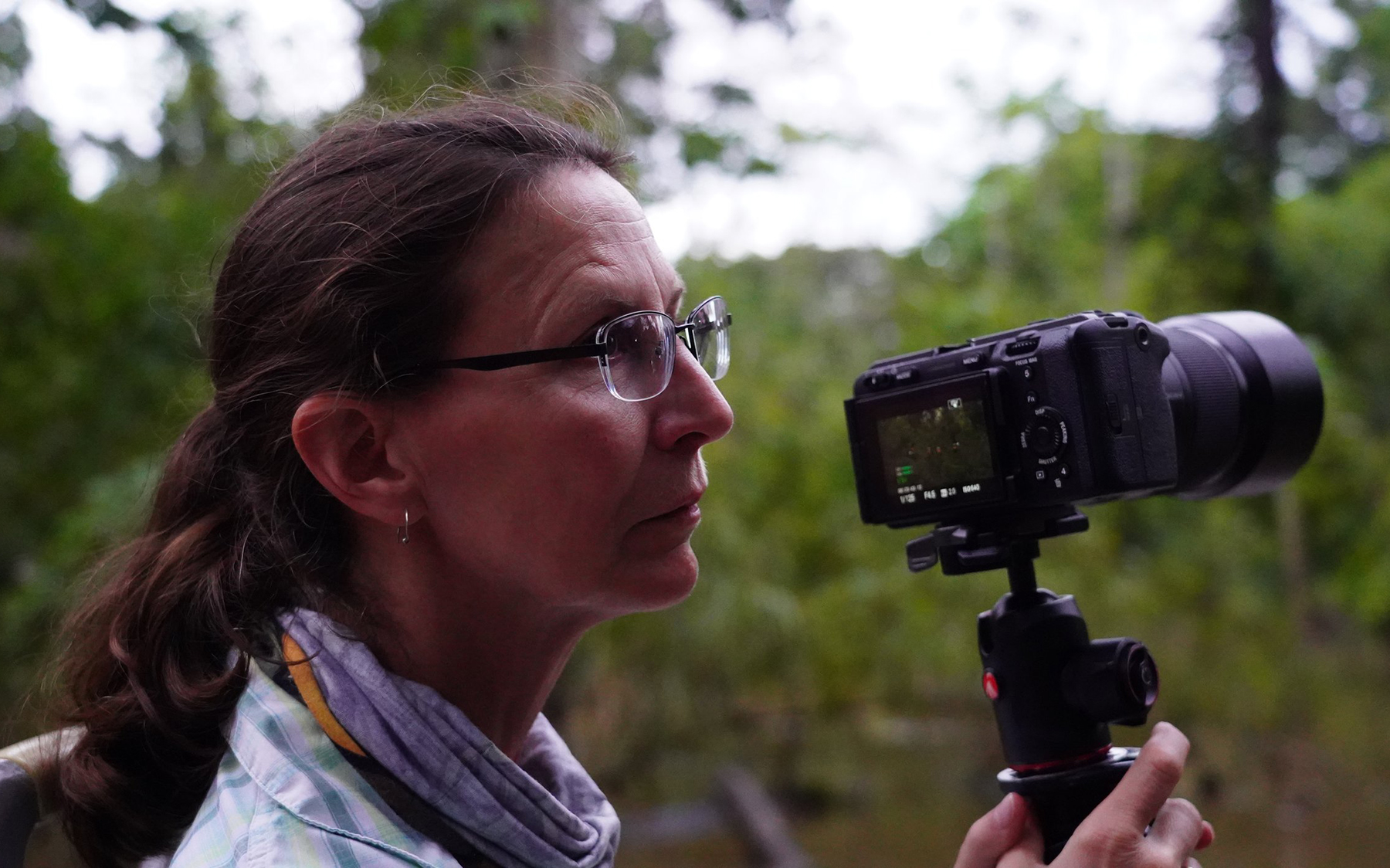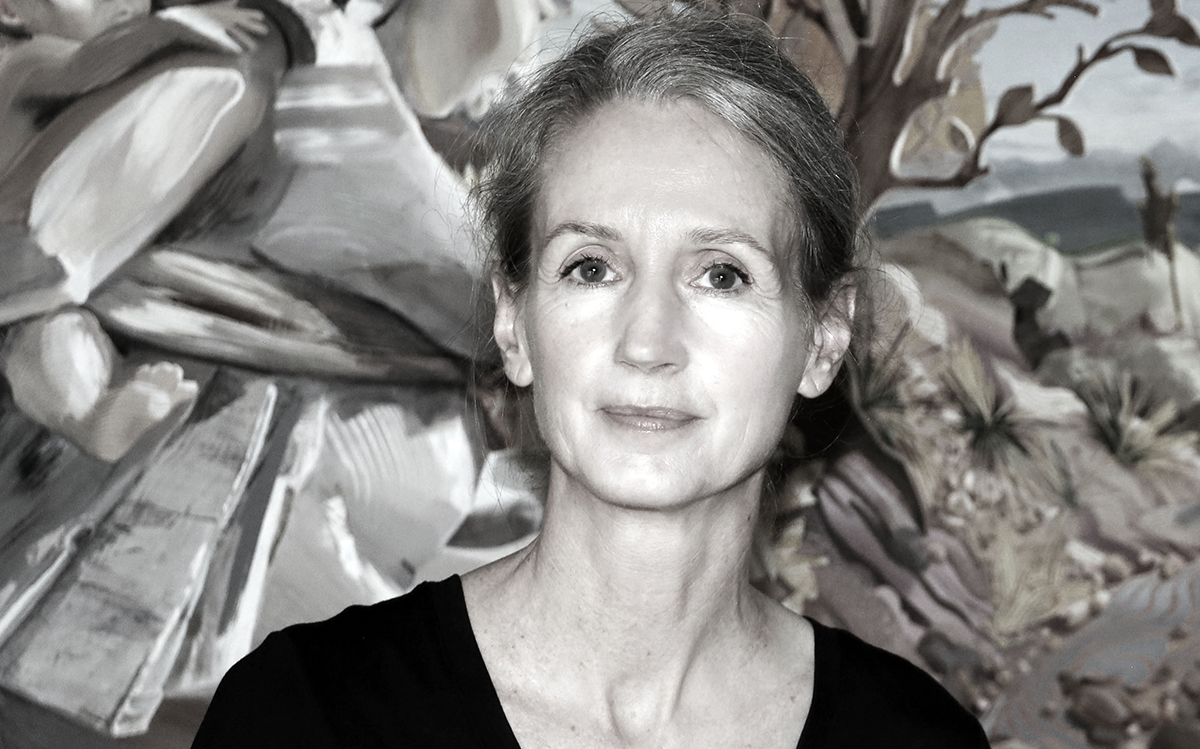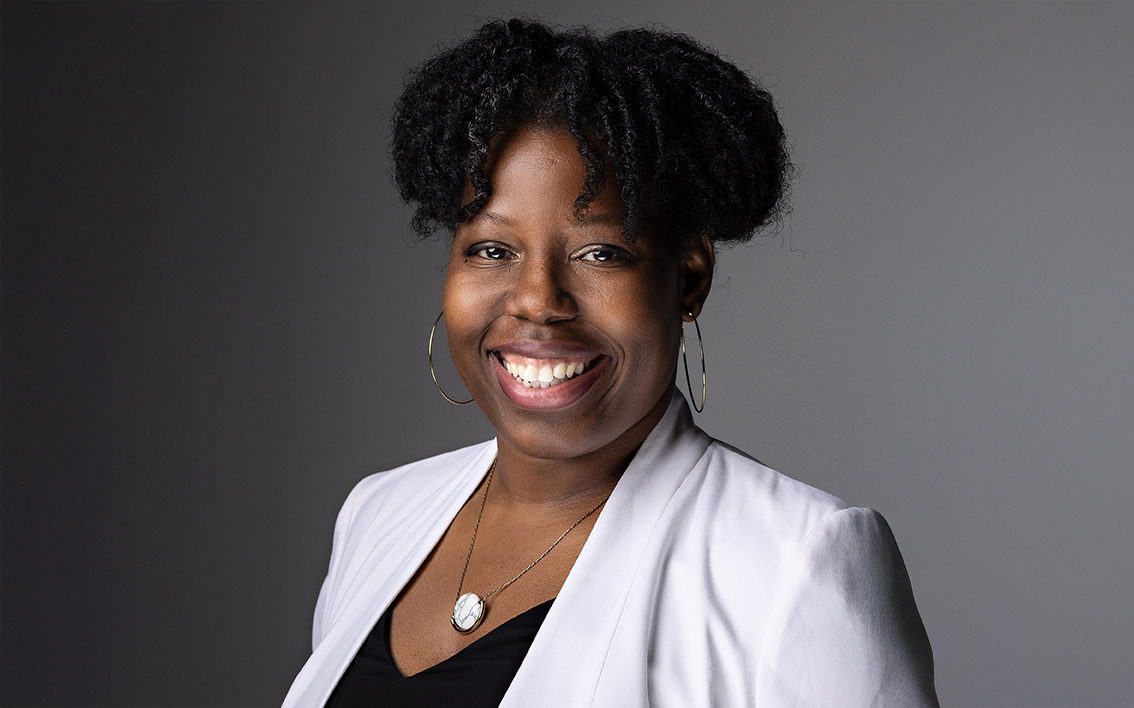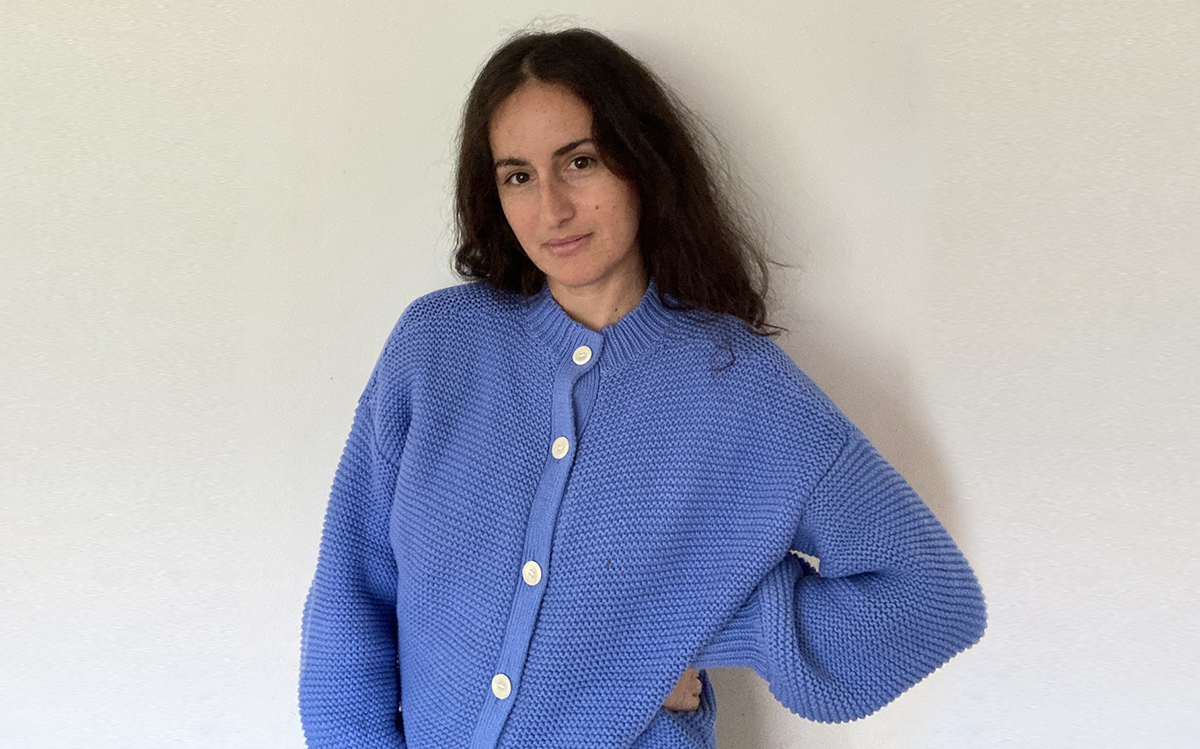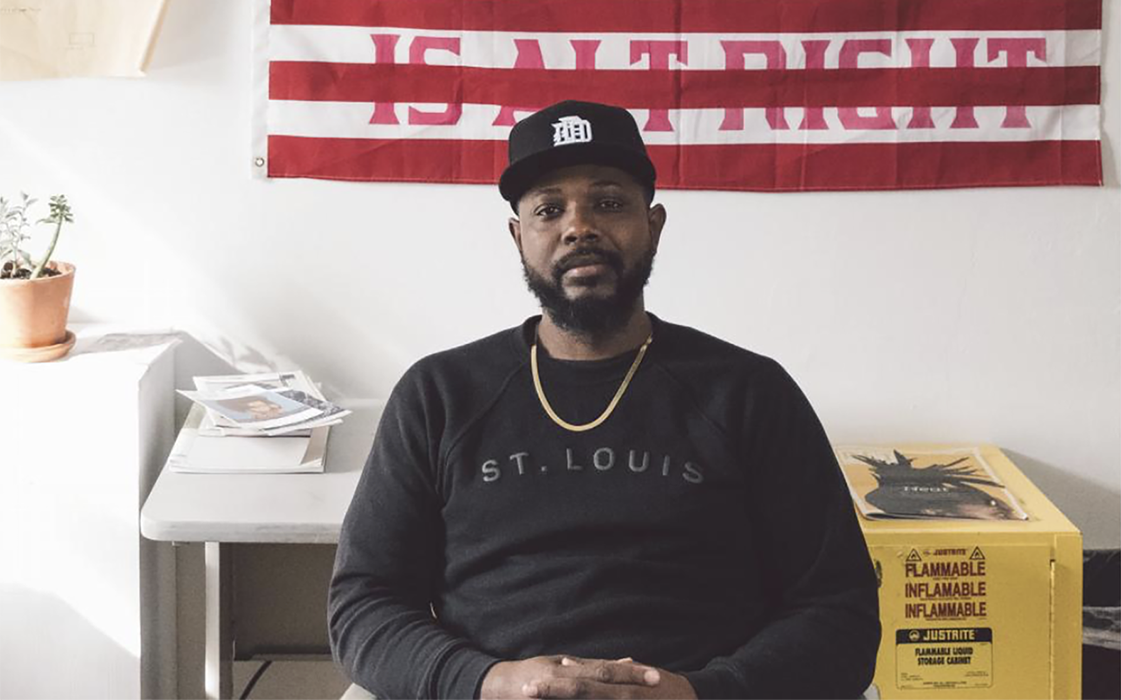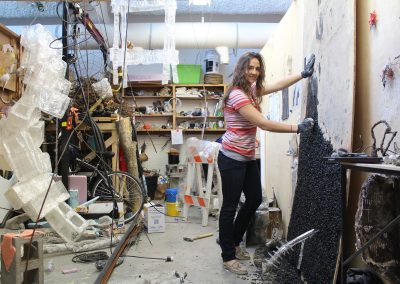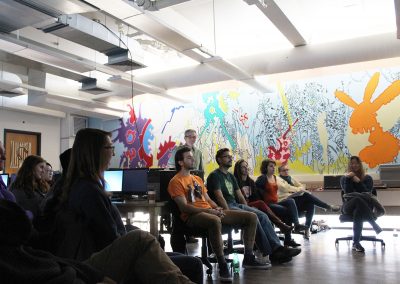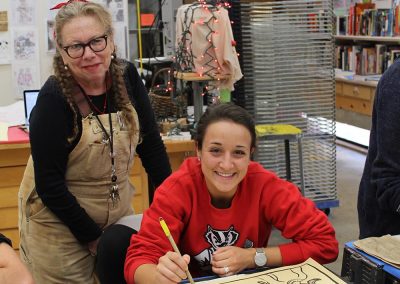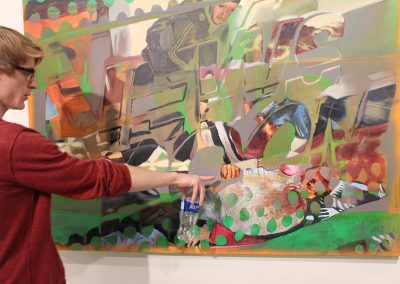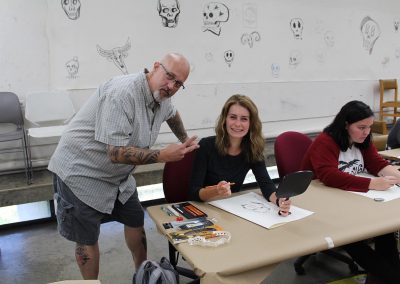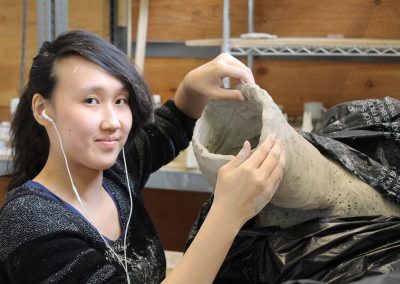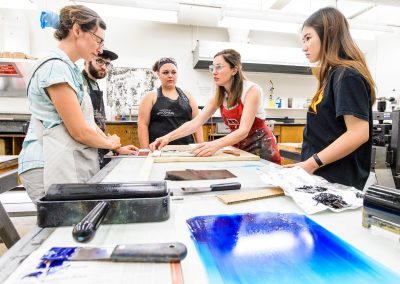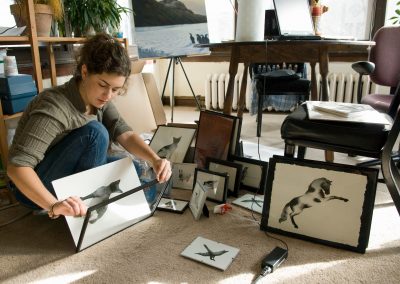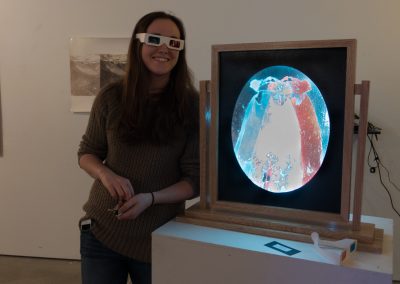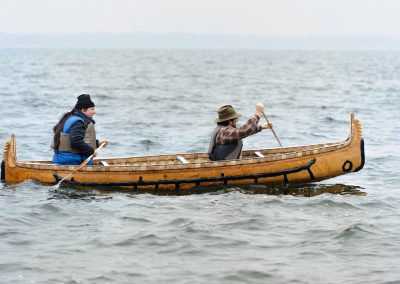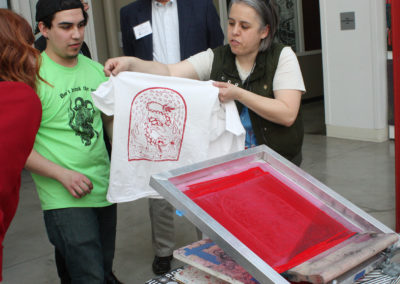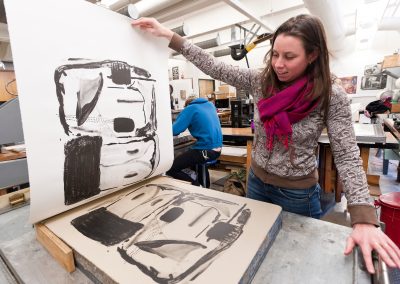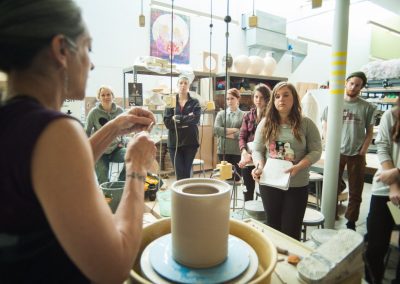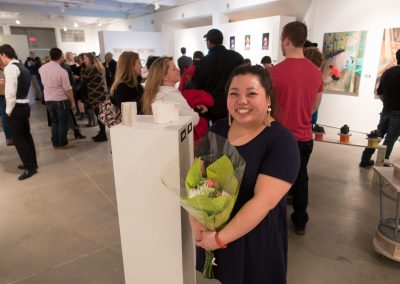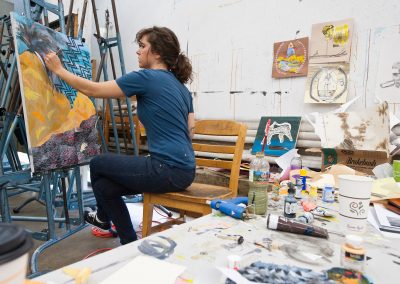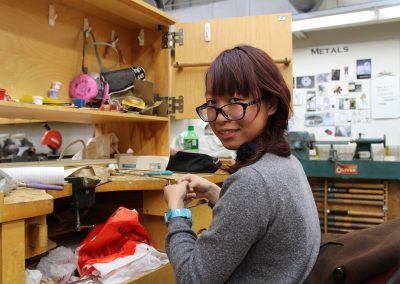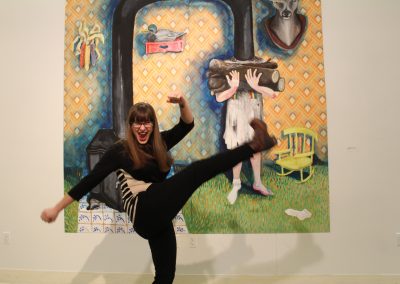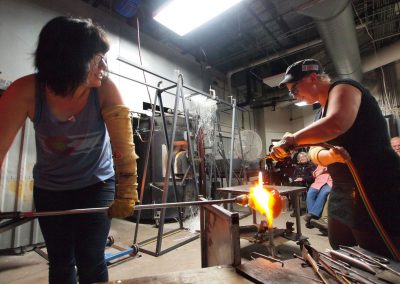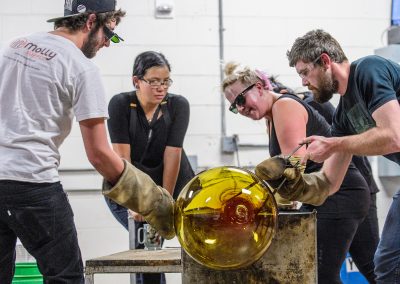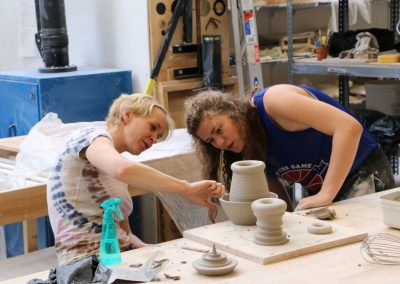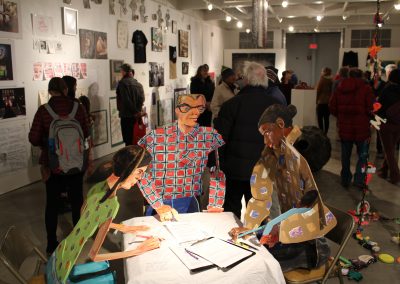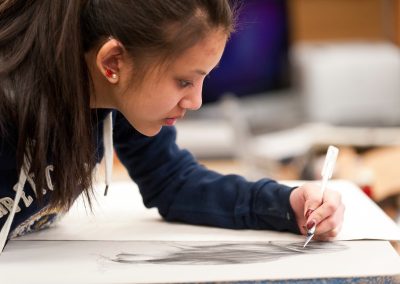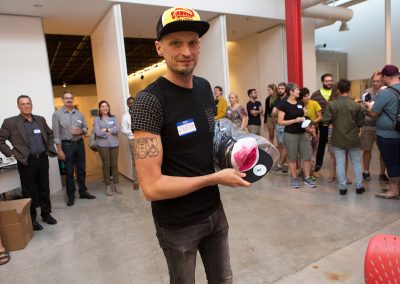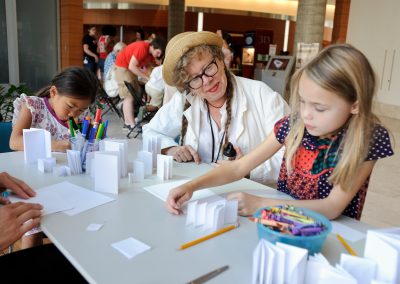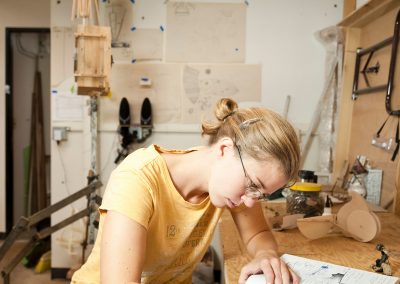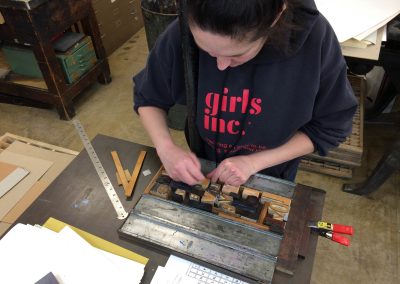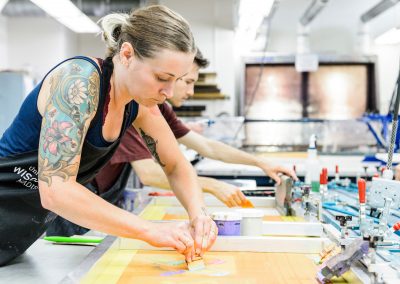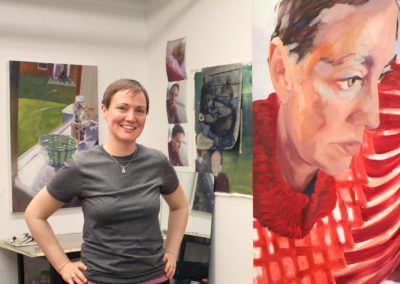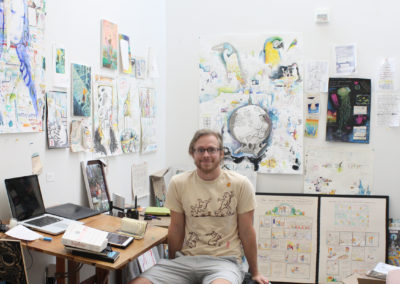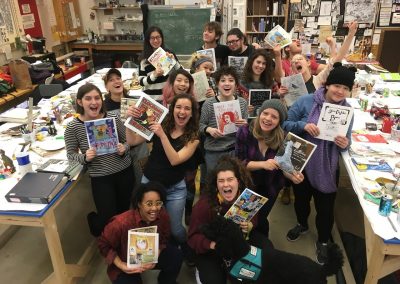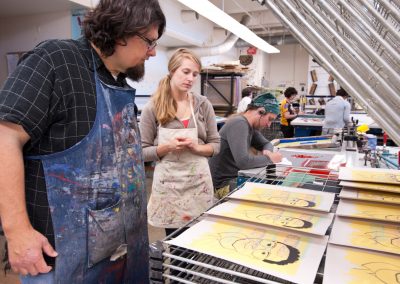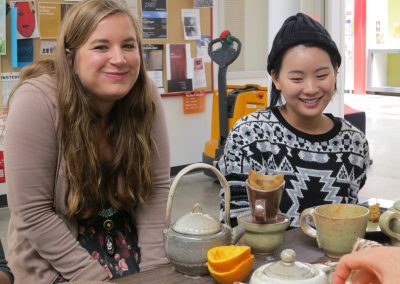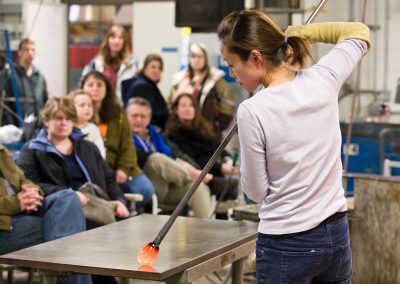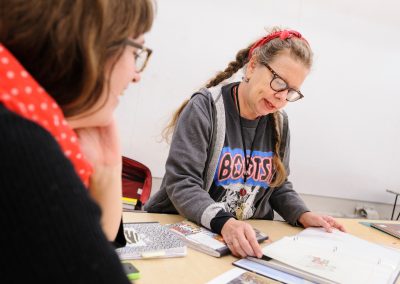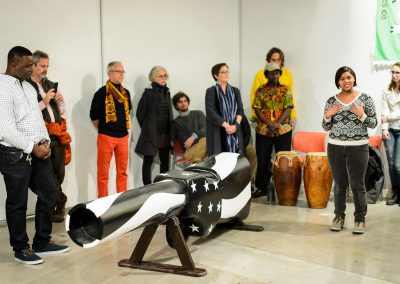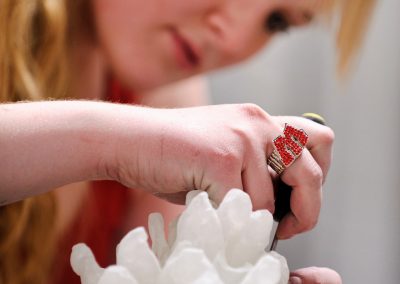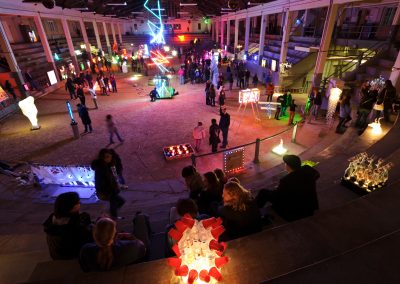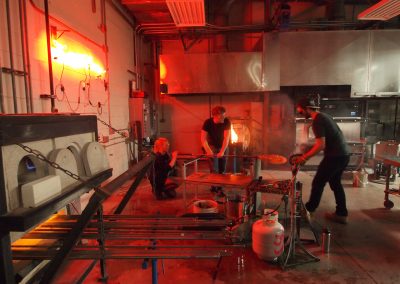Find your program at the UW-Madison Art Department
Expand your perspective and connect with your classmates, your community, and the world around you! UNDERGRADUATE PROGRAMGRADUATE PROGRAMFind your program at the UW-Madison Art Department
Expand your perspective and connect with your classmates, your community, and the world around you! UNDERGRADUATE PROGRAMGRADUATE PROGRAMThe University of Wisconsin-Madison occupies ancestral Ho-Chunk land, called Teejop (day-JOPE) since time immemorial. In an 1832 treaty, the Ho-Chunk were forced to cede this territory. Decades of ethnic cleansing followed when both the federal and state government repeatedly, but unsuccessfully, sought to forcibly remove the Ho-Chunk from Wisconsin.
This history of colonization informs our shared future of collaboration and innovation. We respect the inherent sovereignty of the Ho-Chunk Nation, along with the eleven other First Nations of Wisconsin.
UW Art in the News
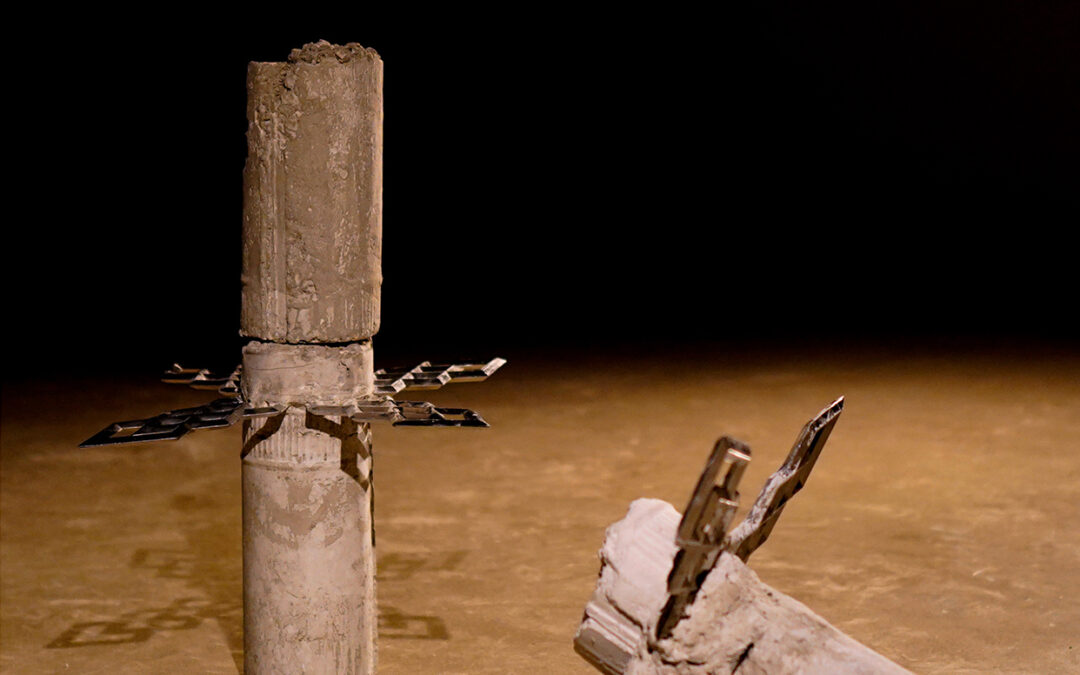
Announcing the Chazen Museum of Art 2025 Russell and Paula Panczenko Master of Fine Arts Prize winner Anamika Singh
For Immediate Release – March 25, 2025
The Chazen Museum of Art and UW–Madison Art Department are pleased to announce the Chazen Museum of Art 2025 Russell and Paula Panczenko Master of Fine Arts Prize winner University of Wisconsin-Madison Graduate Student Anamika Singh!
Awarded to one graduating MFA candidate from the University of Wisconsin-Madison, the annual Chazen Prize exhibition prize is offered in collaboration with the Art Department and judged by an outside visiting curator. Curator and writer based in New York City, Lumi Tan, selected this year’s recipient. The prizewinner’s MFA thesis exhibition is shown at The Chazen Museum of Art, and the prizewinner receives a stipend to assist with their thesis production, provided by the Chazen Museum.
 Through installation, sculpture, photography and film, Singh presents both familial narratives from her native India and shared histories that transcend geopolitical boundaries. Her solo exhibition examines the instrumentalization of archaeology in nationalism and control, highlighting the link between urban destruction and architectural construction. The works pose questions about loss amid development—change that Singh has witnessed in India and the United States.
Through installation, sculpture, photography and film, Singh presents both familial narratives from her native India and shared histories that transcend geopolitical boundaries. Her solo exhibition examines the instrumentalization of archaeology in nationalism and control, highlighting the link between urban destruction and architectural construction. The works pose questions about loss amid development—change that Singh has witnessed in India and the United States.
Singh’s film, Sheetla, informs the exhibition. The film follows the Hindi language daily journal Jan Morcha and its role in reporting the highly contested desecration of the Babri Masjid in Ayodhya, Faizabad in 1992. Singh titled the film in honor of her grand uncle, Sheetla Singh, a prominent editor, journalist and union leader in north India. He served as the editor of Jan Morcha for fifty years.
“Being born and raised in the Indian subcontinent and the US deeply influenced my questions around power, violence and history. In both places, I witnessed the desire to capture and own history and to have authority over it. My work doesn’t think about history as a vestige of the past but very much as something that is reanimated over within the present and to mark the future. My work invites people to re-approach and reopen complex histories that are often relegated to the domain of experts to challenge the notion of singular histories that are petrified in time,” said Singh.
Corpus is the culmination of three years of research-based artistic practice in the United States and India, where Singh conducted interviews, visited significant sites and explored the Jan Morcha archives. She presents both personal and shared histories that raise questions about the longstanding impacts of rapid change and the value assigned to sites, objects and knowledge.
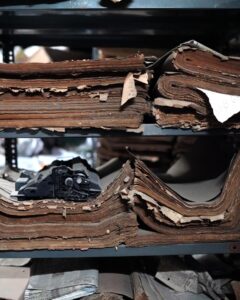 The exhibition brings together two very different methods of creating work—one that compiles historical information through a technical, research-driven and disciplined process and another that considers experimentation in the studio and the volatility of the material, which includes concrete and stainless steel. As visitors examine work made from elements commonly found at construction sites, Singh encourages them to wonder if they are looking at something that is being built or something that has been destroyed.
The exhibition brings together two very different methods of creating work—one that compiles historical information through a technical, research-driven and disciplined process and another that considers experimentation in the studio and the volatility of the material, which includes concrete and stainless steel. As visitors examine work made from elements commonly found at construction sites, Singh encourages them to wonder if they are looking at something that is being built or something that has been destroyed.
“My work explores ideas of construction and destruction and the tension between them. Debris is a big aspect of the material used in this exhibition. I hope visitors have the chance to sift through the debris. I want them to think about what it means to parse through uneasy histories,” said Singh.
Singh’s most recent body of work cements her belief that art embodies freedom and has the power to both address and challenge dominant systems while also generating new language to confront complex issues such as colonial and nationalist violence.
“Art has the freedom of material, form and process that other disciplines are constrained by. This gives artists the tools to move beyond totalizing narratives and make space for uneasy conversations and inherent contradictions that we live with. Art can really mark untapped spaces of solidarity, collaboration and reckoning, especially when dealing with histories of violence,” said Singh.
For Singh, the Chazen’s Panczenko MFA Prize represents an invaluable opportunity for UW–Madison students. She appreciates collaborating with Chazen staff to bring her exhibition to the galleries, an experience young artists would not otherwise have until later in their careers. “The arts have been eroded. The space and resources have been challenged so this kind of opportunity is monumental and keeps the work of aspiring artists alive and visible,” said Singh.
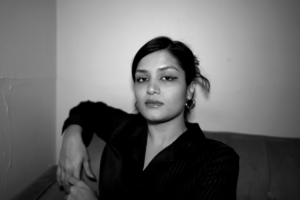 Anamika Singh (b. India 1995, active in New York and Madison, Wisconsin) is a transdisciplinary artist and researcher whose work contends with the contested histories produced by transfers and flows of power and violence. Singh received her BFA from the Cooper Union School of Art and is currently an MFA candidate at the University of Wisconsin–Madison. Singh has taught at Rutgers University-Newark and given guest lectures and talks at institutions such as Architectural Association, The New School and The Cooper Union. Singh has been the recipient of numerous fellowships, and her work has been exhibited internationally. She will begin her doctoral research in the Department of Art and Archaeology at Princeton University in the fall of 2025.
Anamika Singh (b. India 1995, active in New York and Madison, Wisconsin) is a transdisciplinary artist and researcher whose work contends with the contested histories produced by transfers and flows of power and violence. Singh received her BFA from the Cooper Union School of Art and is currently an MFA candidate at the University of Wisconsin–Madison. Singh has taught at Rutgers University-Newark and given guest lectures and talks at institutions such as Architectural Association, The New School and The Cooper Union. Singh has been the recipient of numerous fellowships, and her work has been exhibited internationally. She will begin her doctoral research in the Department of Art and Archaeology at Princeton University in the fall of 2025.
Singh’s MFA thesis exhibition Corpus will be shown at the Chazen Museum of Art from April 7th to July 13th, with the reception opening on Tuesday, April 22nd, at 5pm. The screening of Singh’s film Sheetla and filmmaker Suneil Sanzgiri’s Letter From Your Far-Off Country with an artist talk by Sanzgiri and Singh facilitated by Professor Preeti Chopra will take place on Sunday, April 20th at 2pm in the Chazen Auditorium.
Events
Wherever you go, there you are: Advanced Painting Workshop Exhibition
April 28 – May 4 Artists: Ava...
Creative Insights: Q&A with MFA candidate Casey Fletcher
Over the last few months we have...
Moiré: The 2025 Bachelor of Fine Arts Capstone Exhibition
April 21 – 27 Artists: Ava...
Creating in-between worlds: Mariah Moneda’s ‘Magmula Sa Lupa’ explores survival, memory, and belonging by Rodlyn-mae Banting
This past winter, Mariah Moneda...
‘Corpus’ exhibit brings hidden Indian history to Chazen Museum of Art by Declan McDonnell
On April 7, the Chazen Museum of...
Nepantla: Master of Fine Arts Qualifier Exhibition by Jackelin Espinosa Moyotl
April 22 – 26 Reception: Friday,...
Spring 2025 Visiting Artist Colloquium
Come visit the University of Wisconsin-Madison Art Department!
Tours are now available by appointment, view our upcoming Art Department events for prospective students at Visit Bucky: apps.admissions.wisc.edu/visitbucky/
Carefully read the event information and COVID-19 Safety Protocols and Campus Visitor Agreement before your visit.
Arts at UW
Did you know?
The UW-Madison Art Department is:
- #1 in Printmaking
- Ranked among the top 15 Fine Arts MFA programs
- Founded the 1st collegiate Glass program in the U.S.
- 1 of only 5 universities in the nation with a Neon program
Ranking Source: U.S. News & World Report
The University of Wisconsin-Madison ART DEPARTMENT is committed to teaching art in the context of a major research university and a vibrant intellectual community. Offering the following degrees: B.S., B.F.A., M.A., & M.F.A. in Studio Art, B.S. in Art Education, Certificate in Art Studio, and Certificate in Graphic Design.
Take a 720° virtual tour of the Art Department
